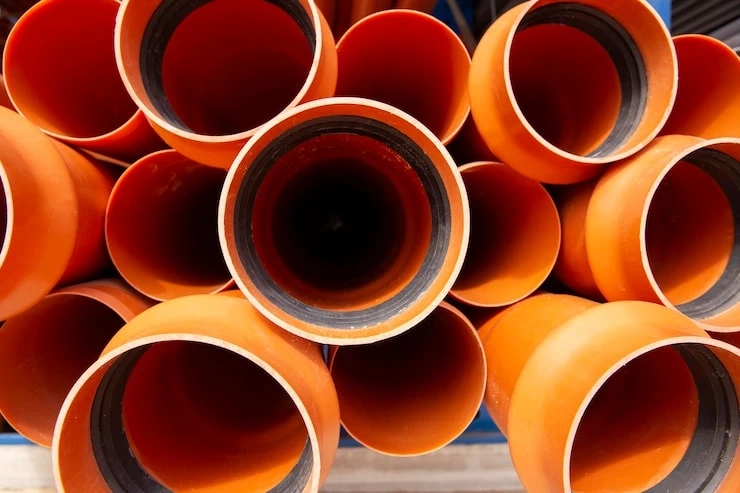In HVAC and plumbing installations, multilayer pipes have become the go-to solution for both residential and commercial heating and cooling systems. Combining the best features of metal and plastic, these pipes are engineered to deliver exceptional performance, energy efficiency, and long-term reliability. Let’s discover why multilayer pipes preferred over traditional options.
Science behind the multilayer pipes
Often referred to as PEX-AL-PEX or composite pipes, these multilayer pipes are made up of several bonded layers. There’s an inner and outer layer of cross-linked polyethylene (PEX) or polyethylene raised temperature (PE-RT), and a middle layer of aluminium. The aluminium core offers rigidity and prevents oxygen diffusion, while the plastic layers offer flexibility and corrosion.
This hybrid construction combines the lightweight convenience of plastic with the structural strength of metal. The result is a pipe system that performs well under temperature and pressure fluctuations common in heating and cooling systems.
Multilayer pipes offer superior thermal performance
Thermal efficiency is integral to heating and cooling applications. Ensuring low thermal expansion, multilayer pipes maintain shape and alignment even under extreme temperature changes. Additionally, the aluminium core ensures consistent heat transfer, allowing water to reach radiators or underfloor heating panels more efficiently.
This efficient energy transfer contributes to faster system response times and reduced energy consumption. This feature offers major advantages in modern, energy-conscious buildings.
Corrosion and scale resistance
Multilayer pipes are resistant to corrosion, scaling, and internal build-up. The inner PEX layer resists chemical reactions and prevents mineral deposits that can clog systems over time. This feature greatly extends the system’s life span and maintains smooth water flow and consistent performance year after year.
Easy to install
As these pipes are lightweight, flexible, and easy to bend without spring-back, they ensure faster and more cost-effective installation. Apart from that, they can be cut to size easily and joined with reliable press fittings, minimizing the need for soldering or welding. Installers prefer them for their ability to hold shape once bent, making routing through tight spaces simpler and more precise.
This feature also ensures fewer joints, which in turn means, fewer potential leak points, increasing reliability and reducing maintenance costs in the long run.
Oxygen barrier
Aluminium layer in a multi-layer pipe acts as a 100% oxygen barrier, preventing air from entering the water circuit. This protection is critical for heating systems, as oxygen infiltration can lead to corrosion of metal components like radiators, pumps, and valves.
Quiet and comfortable operation
Thanks to their smooth inner surface and noise-dampening structure, multilayer pipes reduce water hammer and operational noise in hydronic systems.
For more details visit at https://www.ductin.co.uk



